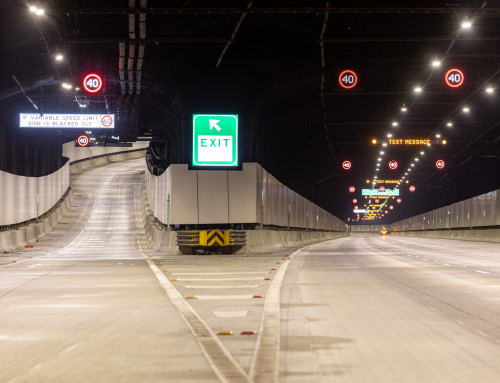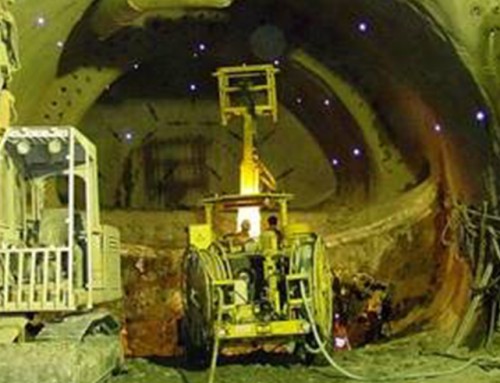Filling the NFPA 502 void
Michael Beyer, Conrad Stacey, Arnold Dix
This article should be read as continuation of our earlier part one note to the ATS about Annex D of (NFPA 502, 2020). It proposes a value for critical velocity, filling the void to be left by the intended removal of Annex D from NFPA 502 in a practical way, and also offers internationally acknowledged fire response strategies, and air speeds that could be used in those strategies, for smoke control in tunnel fires. The tunnel ventilation system plays a key role in providing acceptable air quality for tunnel users during normal operation as well as in smoke control and providing tenable escape conditions during a fire. The realisation of the first task is often relatively clear, whereas the control of the tunnel ventilation system during a fire is subject to debate. A comprehensive overview of different ventilation control approaches during a fire is given in (Sturm, Beyer, & Rafiei, 2015), but will be more briefly summarised in this article.
Read the article below or download a copy in PDF format by following this link.
Smoke Control in Case of Tunnel Fires-20210430 for release PDF






